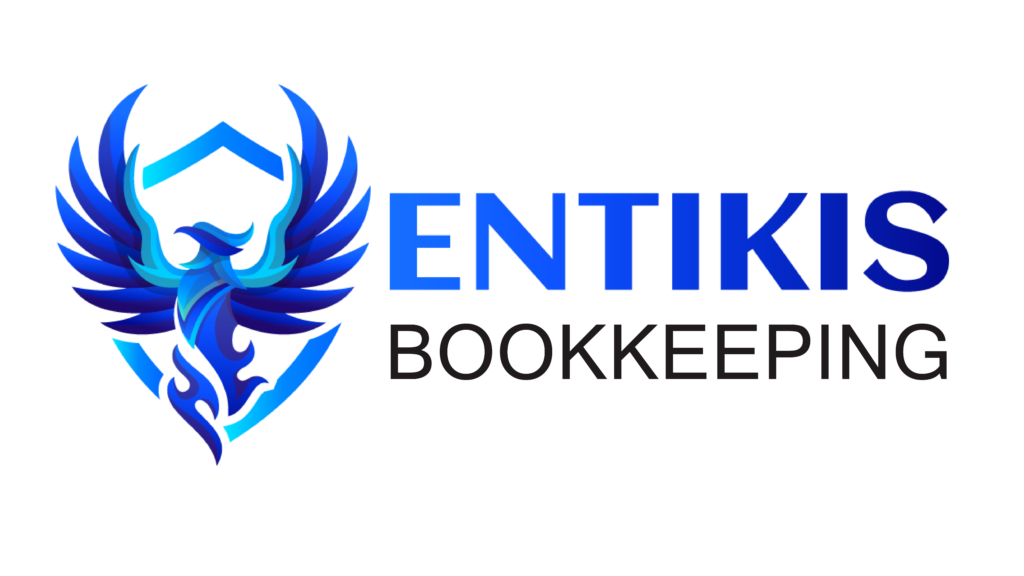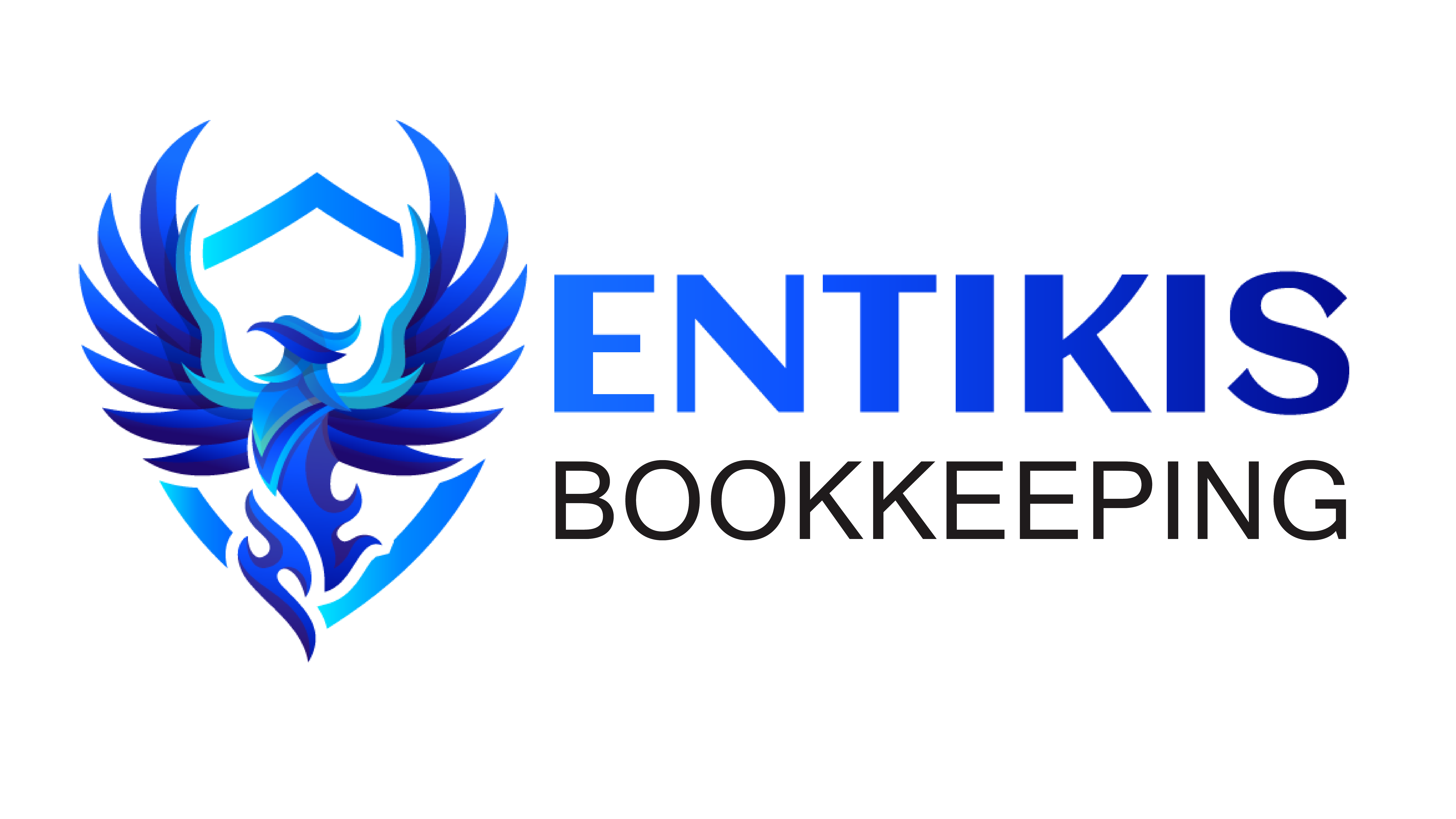
A. Understanding the Basics of Cost-Volume-Profit Analysis
Introduction:
Business financials can sometimes feel like a labyrinth, a complex Entikis where every turn brings forth new variables and challenges. Fear not, for in this blog, we will unscramble the enigma of the cost-volume-profit (CVP) analysis, shedding light on the intricate correlations between costs, volume, and profit. This invaluable tool of managerial accounting can guide businesses, steering them into the path of profitability.
In the realm of business, the phrase “numbers tell a story” could not be more accurate. Especially so in the context of the CVP analysis, which forms the essence of our financial narrative. This analysis helps business owners, managers, and investors to discern the dynamics between costs (both fixed and variable), the volume of goods produced or sold, and the resultant profit. It helps establish the level at which a business must operate to cover its costs and start churning profit.
B. Decoding Fixed and Variable Costs: The Bookkeeping Essentials
The first step towards mastering the CVP analysis is understanding the two types of costs: fixed and variable.
-
- Fixed Costs: These costs remain constant regardless of the production volume. They represent obligations that a business must meet irrespective of its operational level. Examples include rent, salaries, and depreciation.
-
- Variable Costs: These costs change directly in proportion to the level of production or sales volume. They rise as production increases and decrease when production levels drop. Examples include direct materials, direct labor, and sales commissions.
Effective bookkeeping practices aid in segregating these costs, ensuring their precise tracking. It forms the foundational stone for the CVP analysis, enabling businesses to evaluate the effect of volume changes on their profitability.
C. The Volume Impact: Production, Sales, and Profit
Once businesses have a grasp over their fixed and variable costs, they can now chart the course through the volume facet of the CVP analysis. It’s crucial to understand that the total cost of business (the sum of fixed and variable costs) will vary with the level of production or sales volume. As volume increases, while the fixed costs remain constant, the total variable costs increase.
This juncture is where the concept of the contribution margin comes into play. It is the selling price per unit minus the variable cost per unit. The contribution margin depicts how much each unit sold contributes to covering fixed costs and then generating profit.
D. The Entikis of Profit: The Interplay of Costs and Volume
In the midst of this cost-volume nexus, lies the target of every business – Profit. The relationship between costs, volume, and profit forms the heart of the CVP analysis. The break-even point, a critical concept in the CVP analysis, is the point where total revenue equals total costs. At this juncture, the business is not making a profit, but importantly, it’s not incurring a loss either. Any increase in volume post this point results in profit generation.
E. Advanced Concepts and Techniques in CVP Analysis
While the fundamental principles of CVP analysis remain constant, there are advanced concepts and techniques that businesses can utilize to delve deeper into their financial entikis.
- Sensitivity Analysis: This technique involves assessing how changes in different variables, such as selling price or variable costs, affect profitability. It helps businesses understand their vulnerability to changes in the market environment.
- Multi-Product CVP Analysis: Businesses that produce or sell multiple products can use this technique to determine the optimal product mix that maximizes overall profitability.
- Margin of Safety: This concept refers to the difference between actual sales and the break-even point. A higher margin of safety indicates that the business is less vulnerable to unexpected downturns in sales.
F. CVP Analysis: A Powerful Tool for Strategic Decision-Making
By accurately analyzing the interplay between costs, volume, and profit, businesses can make strategic decisions about pricing, output level, and cost control, ensuring they navigate the labyrinth of their financial Entikis effectively. They can assess the impact of business decisions on their break-even point and profitability, allowing for more profitable, data-driven decisions.
G. Practical Applications and Case Studies
To further illustrate the significance of CVP analysis, let’s delve into practical applications and case studies across various industries.
- Retail Industry: A retail chain utilizes CVP analysis to determine the pricing strategy for its products, balancing the need to cover fixed costs while remaining competitive in the market.
- Manufacturing Sector: A manufacturing company applies CVP analysis to optimize production levels, ensuring efficient utilization of resources and maximizing profitability.
- Service Industry: A consulting firm employs CVP analysis to evaluate different service offerings and their contribution to overall profitability, guiding strategic decision-making.
H. Conclusion
In conclusion, Cost-Volume-Profit Analysis serves as a compass, guiding businesses through the complex maze of financial decision-making. By demystifying the intricate relationship between costs, volume, and profit, it helps businesses strategize, plan, and ultimately, prosper. Embracing CVP analysis empowers businesses to navigate the ever-changing landscape of the market with confidence and clarity.
Contact us at admin@entikis.com and 817-415-1715. Or visit entikis.com to learn more about how Entikis Bookkeeping can support your journey to success! Located at 640 Taylor St Suite , Fort Worth, TX, United States, Texas.
By expanding upon these sections and incorporating practical examples, case studies, and advanced techniques, we have provided a comprehensive guide to mastering the intricacies of Cost-Volume-Profit Analysis.



